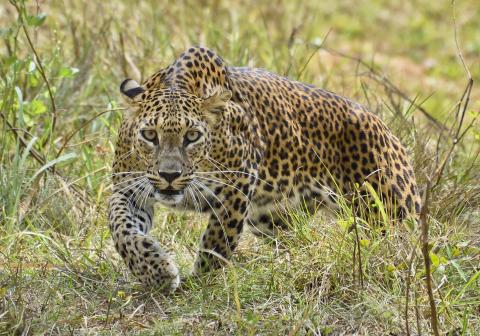Lunugamvehera National Park
Lunugamvehera National Park protects the immediate catchment area of the Lunugamvehera reservoir, serving as a link between the Yala Protected Area Complex to its east and Udawalawe National Park to its west, facilitating the ranging of Asian elephants to and from areas such as Haldummula and Koslanda in Uva Province and the southern region of Sri Lanka.
Lying in the dry zone, conditions in the park are characterised by an annual drought coinciding with the southwest monsoon. The park contains vast and featureless, gently undulating plains, with rock-knob plains generally occupying the slightly more elevated areas to the south. Established on the 8th December 1995, it covers 23,498 hectares with a significant amount of land (14%) occupied by the Lunugamvehera reservoir.
The vegetation includes different stages of forest succession along with scrub/ grasslands mosaics. The shifting cultivation (chena) has caused degradation of the forest communities to open thorny shrub and grassland communities, whilst the dense forest, which is dry mixed evergreen, is dominated by weera, palu, kon and hik.
21 fish species, 12 amphibians, 33 reptiles, 184 birds and 43 mammal species have been recorded in the park. Elephants frequent the teak plantations found within the park boundary, whilst other areas are home to domestic feral and wild buffalo and palm squirrel, giant squirrel, porcupine, palm cat wild boar, mouse deer and spotted deer. Sloth bear and leopard are present but found in low densities.

